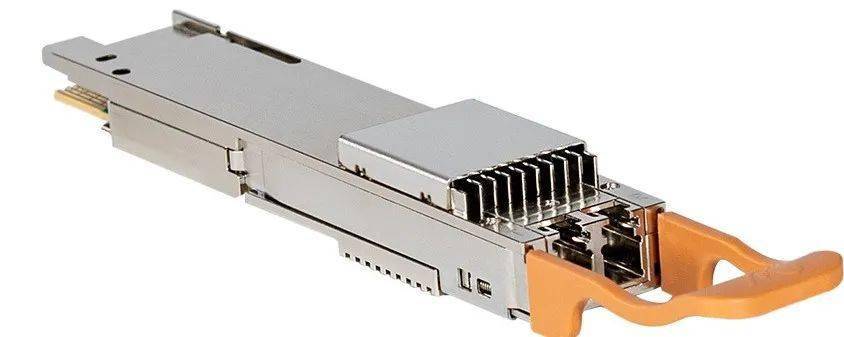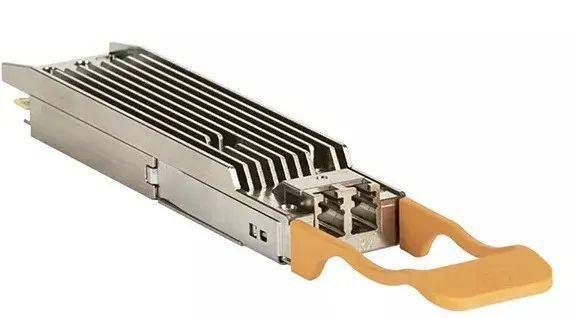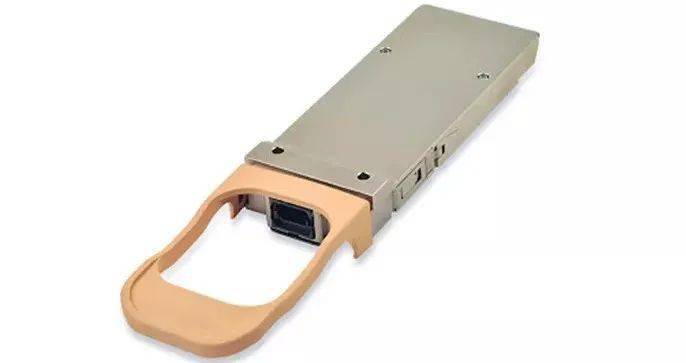Why do we need 400G optical transceivers?
The growing demand for data centers and cloud computing resources has led to the development of very large public cloud data centers. With the increasing of data flow in the world, Data Center develops from 100G to higher speed, larger bandwidth and lower delay. 400G Ethernet becomes the inevitable trend of data center.
Three main form factors of 400G optical transceivers
Three main form factors for 400G optical transceivers are QSFP-DD, OSFP and CFP8. Unlike traditional telecommunication access network transmission equipment, data center interconnection requires larger and denser information transmission, requiring switching equipment to have higher speed, lower power consumption, and smaller size. The solution of 400G Optical optical transceiver in data center is QSFP-DD and OSFP. QSFP-DD is smaller, more suitable for data center applications, is the mainstream development direction; OSFP package size slightly larger, more power consumption, more suitable for telecommunications applications.
QSFP-DD
QSFP-DD’s full name is Quad Small Form Factor Pluggable-Double Density. The solution is to extend the QSFP interface by adding one line to the original 4-channel interface, increasing it to 8 channels, known as double Density. This solution is compatible with the QSFP solution, which is one of its main advantages. The original QSFP28 module can still be used by inserting another module.

OSFP
OSFP’s full name is Octal Small Formfactor Pluggable. This standard is a new interface standard, which is not compatible with the existing photoelectric interface. Its size is 100.4 * 22.58 * 13mm ^ 3, which is slightly larger than QSFP-DD and requires a larger PCB area. The electrical interface pin differs from QSFP-DD in that it has a line at the top and a line at the bottom.

CFP8
CFP8 is an extension of CFP4, increasing the number of channels to eight and the size correspondingly to 40 * 102 * 9.5 mm ^ 3. The cost of the solution is high, requiring 1625g lasers.

The main function of 400G optical transceivers
The main function of the 400G optical module is to increase data throughput and maximize the bandwidth and port density of the data center. The future trend of 400G optical transceiver is to realize wide gain, low noise, miniaturization and integration, and to provide high quality optical communication module for next generation wireless network and super large data center.
Conclusion
At present, the influence of 100G is increasing steadily, and it is used more and more widely in data center. Compared with 100G, 400G has higher speed, density and economy, which can meet the demand of data center development in the future. But 400G still need time to popularize, 100G is still the key.

